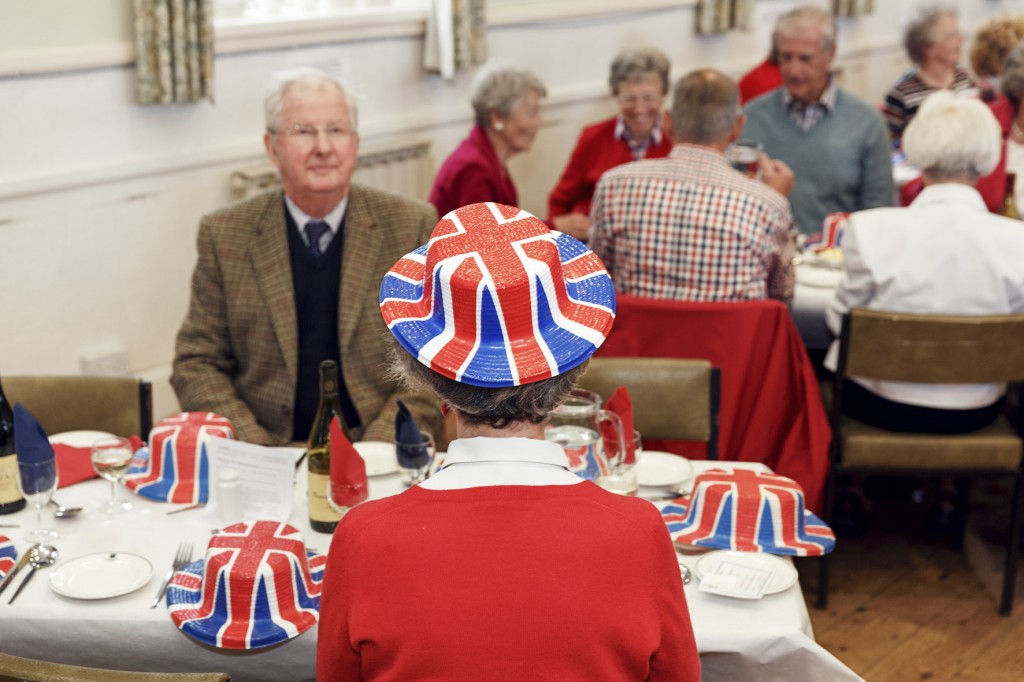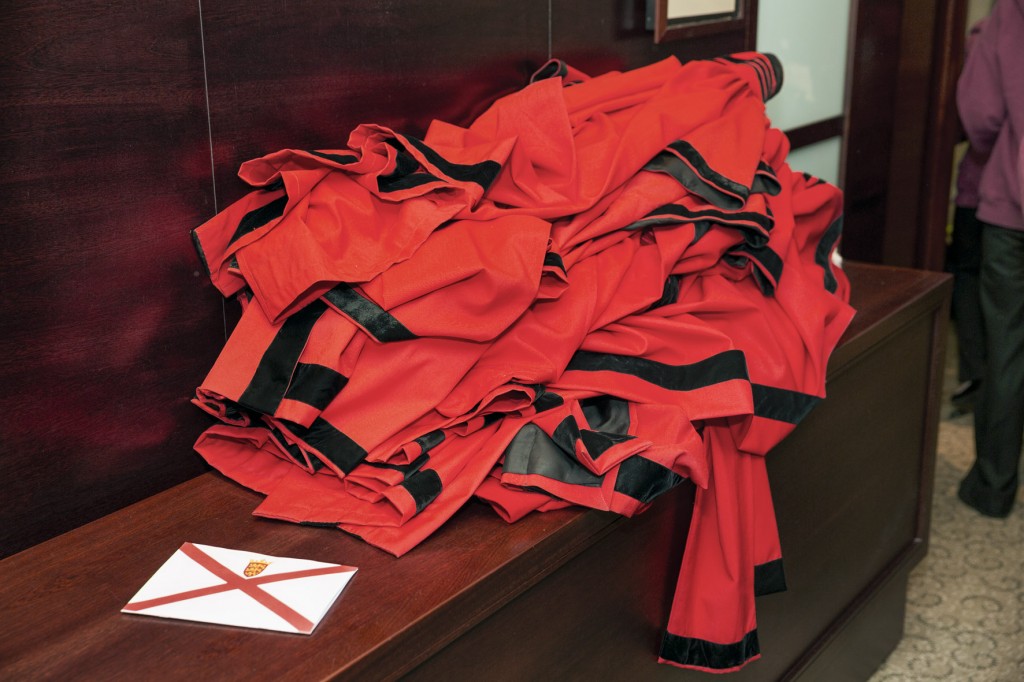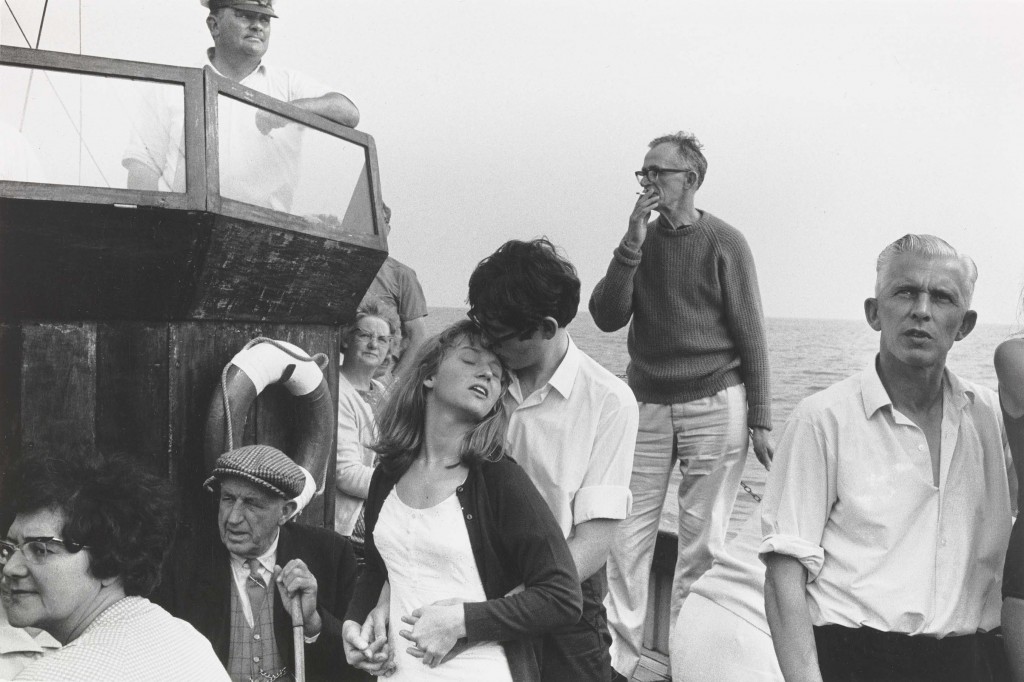In what way has Martin Parr been influenced by Tony Ray-Jones photography with his work on celebratory events in Jersey in the late 1900’s.
This art exhibition is a representation from past to present. Presenting images both from our past in Jersey achieve at the Jersey Societe. This creation of photographs were produced in celebration of contemporary photography in Jersey and to mark a 5 year milestone for the Archisle. Immediately, I gathered a sense of patriotism as soon as I entered the exhibition as the first set of images I looked at were Martin Parr’s representation of Liberation day in 2013. The overall vibe of the exhibition felt very welcoming and as I could relate to some of the images, I found them very satisfying to look at in depth. Each photographer chose a photographer that inspired them to pursue their idea, and were presented next to their work in smaller print. This idea of recognition proved to make me, and others want to learn more about why and how these new images were created. It was amazing to hear where the inspiration came from as it got me thinking about linking the achieve with my final pieces but it makes the photograph worth more with regards to thought and power.
Tony Ray-Jones took these images from 1967 and in the photographs it is visible to see that they’re doing the same thing that happens each year, being together eating cake and drinking tea. In Martin Parr’s photographs, the type of people look different by the way they dress and they place they’re sitting, but really are ordinary working class people enjoying this day of celebration. His famous quotes was, “Photography can be a mirror and reflect life as it is, but I also think that perhaps it is possible to walk like Alice, through a looking-glass, observe the puzzles in one’s head and find another kind of world with the camera.” Tony Ray-Jones photography career spanned only one decade, he defined a new way of looking at his own society — with irony, nostalgia, compassion and humor. His point of view exerted an enormous influence on the development of British documentary art photography from the 1970s through the present. I personally think this is how Martin Parr got his inspiration from Tony because his thoughts and visions were admirable.
Tony Ray-Jones
Martin Parr
“Away from St Helier, you might not realise that May 9th is a special day in the Jersey calendar. Unlike Guernsey, where flags flutter from virtually every house, tree and telegraph pole across the island, Jersey seems to take a more low key approach. In some of the quieter and more remote settlements, aside from the occasional bed of strategically planted red and white geraniums, there is little to indicate the significance of the date.”

“After the meal, John thanks the cooks and leads a sing song, shouting out numbers from the parish song book. This is also a brisk, no nonsense affair, just one verse from each of the old favourites – Pack up your Troubles, Daisy Daisy, There’ll be Blue Birds.”


Martin Parr focus’ on the true meaning of liberation day, his work is displayed in a story, whilst explaining his images show the true beauty of people who are involved in the event, together representing true patriotism. His work corresponds with Tony Ray-Jones as the simplicity of the photographs allow you to see the true events that occur on this special day. I like how Martin’s photographs are in colour as I think that the reds the blues and the whites really stand out and make the photograph look more eye catching and then you notice the true meaning behind the colours is in correspondence to the British flag. The innocence of the photographs really made me think about the events that occurred and therefore made me want to look into the achieve and find out more about the images. Martin’s captions to the photographs are really touching especially when he notices the pure enjoyment from ex-service men, “Soldiers like Eric were overwhelmed by the rapturous welcome they were given as they arrived in Jersey back in 1945. Although the number of people who experienced and can remember the Liberation is in inevitable decline, it has been marked every year since with dances, concerts, meals and parties across the island. Perhaps the most sombre event, fittingly held at the crematorium, is the memorial service commemorating the hundreds of forced workers brought into Jersey by the Germans to build fortifications. Tellingly, only one survives: Emile Boydens, a Belgian, who still lives on the island.” Background information make the photographs so much more meaningful and I think that Martin has perfected that art. The positive connection between the two artists is visible as you can see that Martin wanted to capture images of the current and ex service men and women and Tony Ray-Jones captures images of people returning home with the sense of relief from their loved ones being by their side. The emotions between the images from both photographers is really what I found special.




Overall an interesting comparison between Parr and Ray-Jones, but you need to be more specific in your analysis. I like that you researched Parr’s blog notes, but make sure that you reference all quotes used. You could have dug a little deeper and analysed their relationship both in terms of subject-matter, style and aesthetics in more detail. For example in 2014, Martin Parr curated an exhibition ‘Only In England’ which is about exactly that. See below http://www.sciencemuseum.org.uk/visitmuseum/Plan_your_visit/exhibitions/only_in_england.aspx